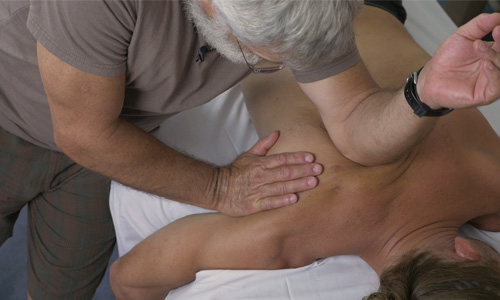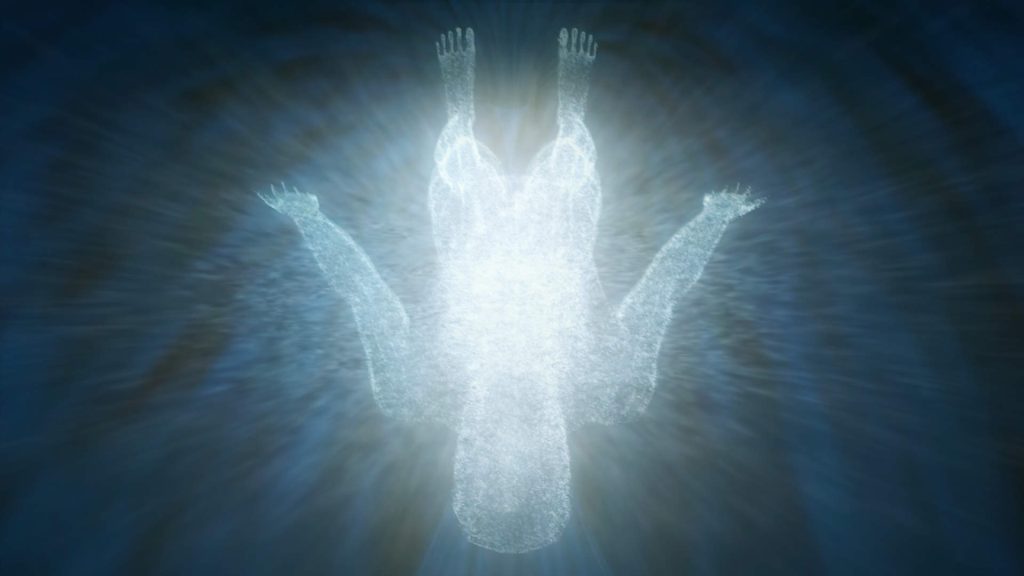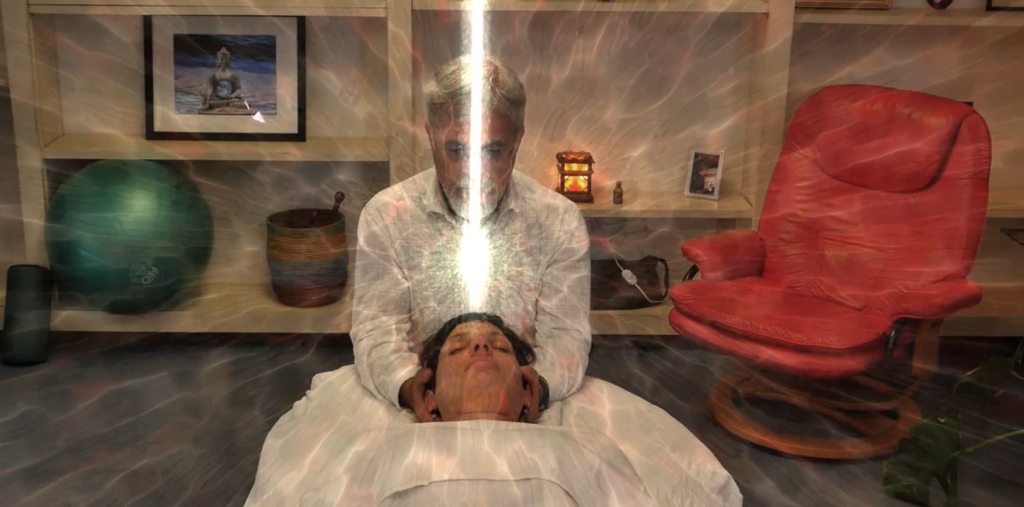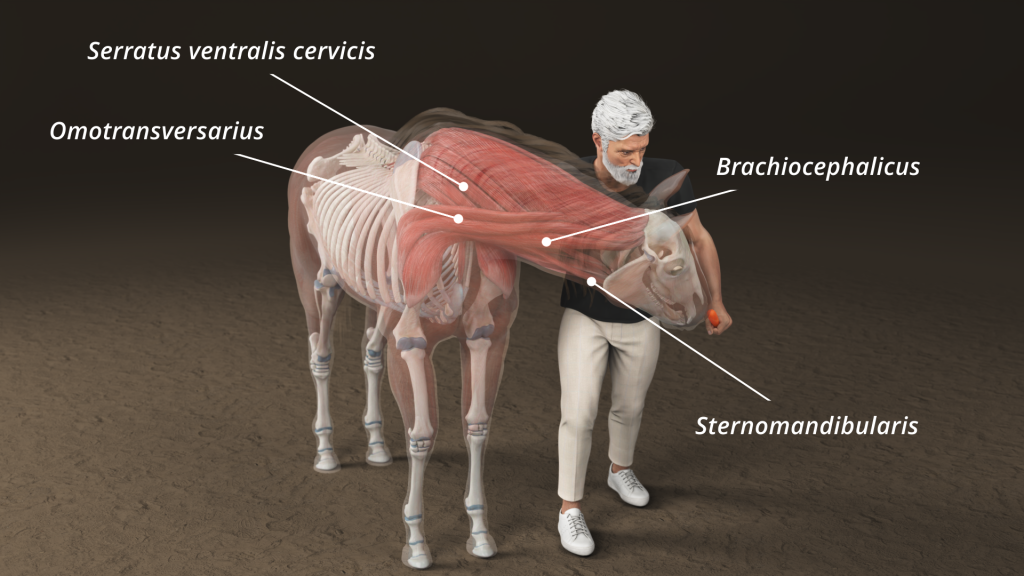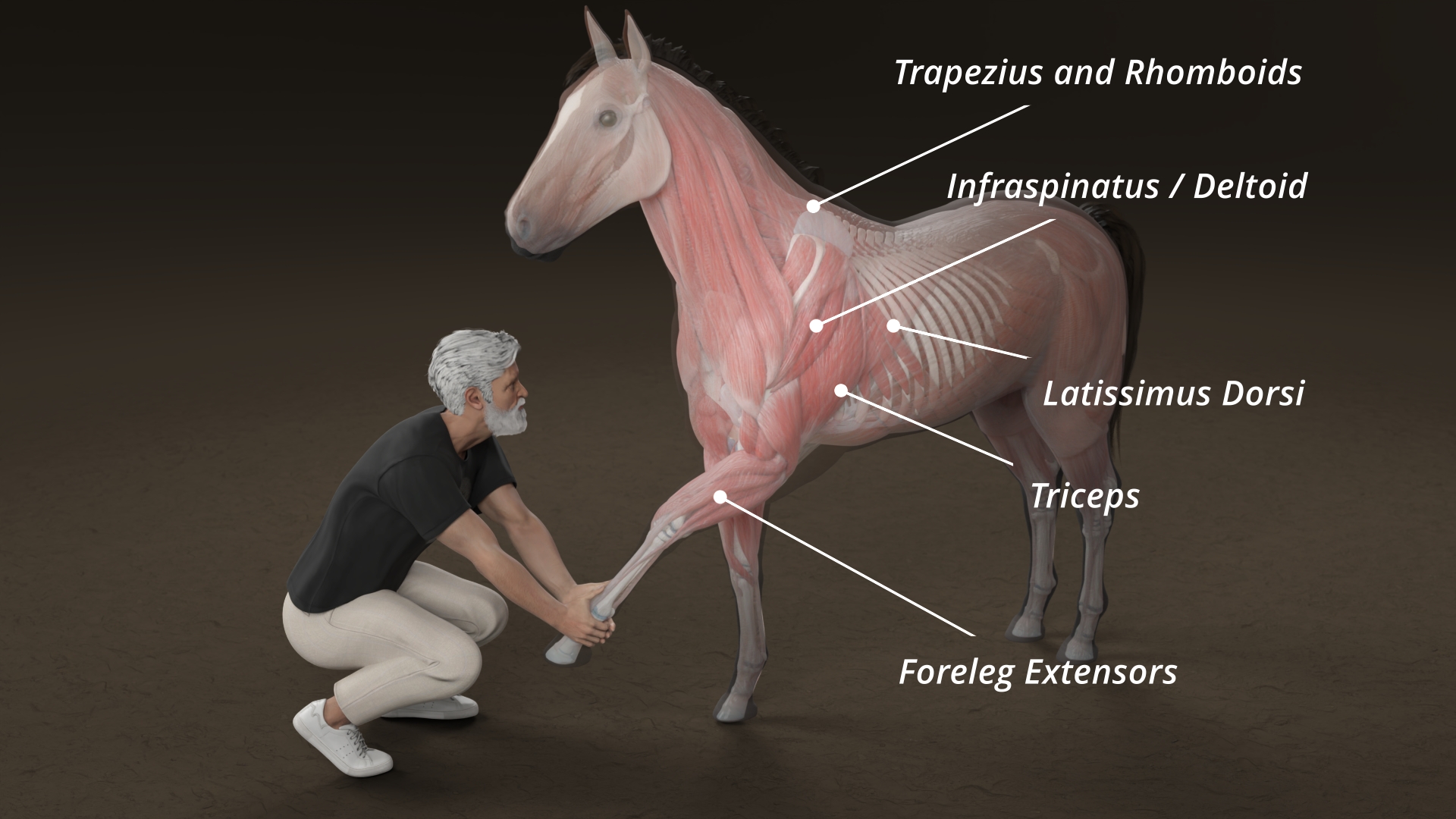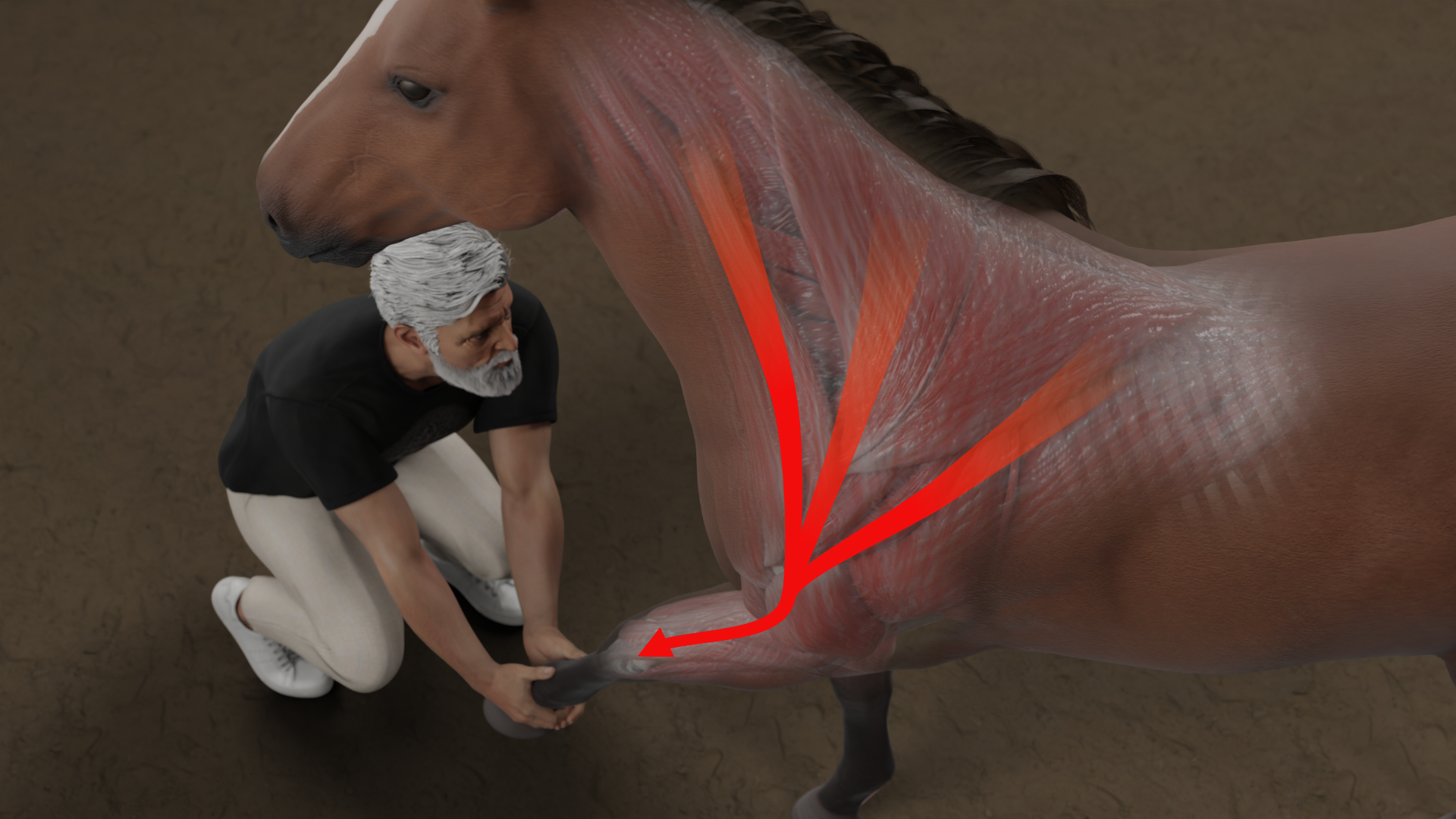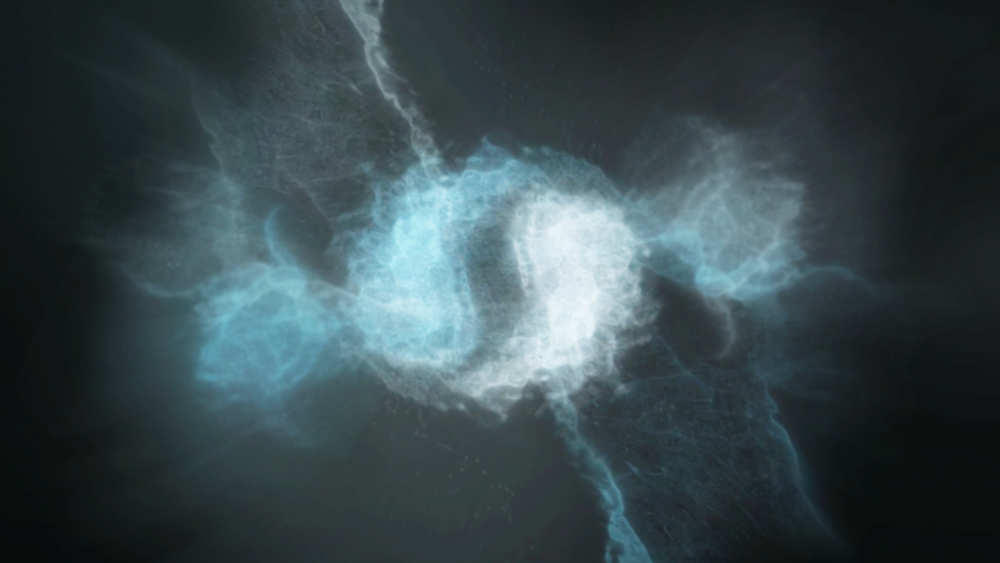
Many of you know that I practice a Yin Yang approach in my vision of therapy. It has worked for me brilliantly in many ways, not the least of which is creating a more expansive palette for me to use. I would like to share one aspect today that may be of interest to you.
When I studied at the Rolf Institute in 1989, many of my teachers had studied cranial sacral therapy, visceral manipulation, and some chiropractic – which they dovetailed at one time with Dr. Rolf’s structural integration work, essentially a form of myofascial manipulation. A few of those teachers actually continued to practice both those disciplines and one very notable one abandoned the structural work completely and moved deeply into the exploration of craniosacral therapy.
I am sharing this with you because I believe there is value in practicing myofascial manipulation and cranial sacral therapy together. As massage therapists we often split the body into equal segments for the allotted amount of time that we are going to work with a client. If a massage therapist or a Rolfer, or anyone that does myofascial work, combines their work with cranial, they have a bit of an advantage. If you can feel the fluid moving through the body and somebody comes into your practice with a particular challenge, you can ascertain which of the limbs, or other parts of the body, have more fluid movement and which is more congested. That allows you to focus on the more congested area, spending more time there until you feel a balance between the two sides. You have the ability to be more focused and efficient with your time.
There is also the economic advantage of having your feet in both disciplines. There are some people that just don’t want to take their clothes off, and do not want the more aggressive touch that Rolfing and myofascial work can literally inflict on them. They prefer to be in their clothes and they prefer the light touch of a more esoteric approach like cranial sacral therapy. Conversely, you may have clients who initially come for a cranial session, but could benefit from some myofascial work. There is a possibility that your practice can be more expansive or fuller because of the additional tools you possess. There are many disciplines such as chiropractic that use an additional alternative therapy, like acupuncture, along with their base discipline to support a more positive outcome. Having both disciplines in your tool belt will potentially create a more successful outcome.
